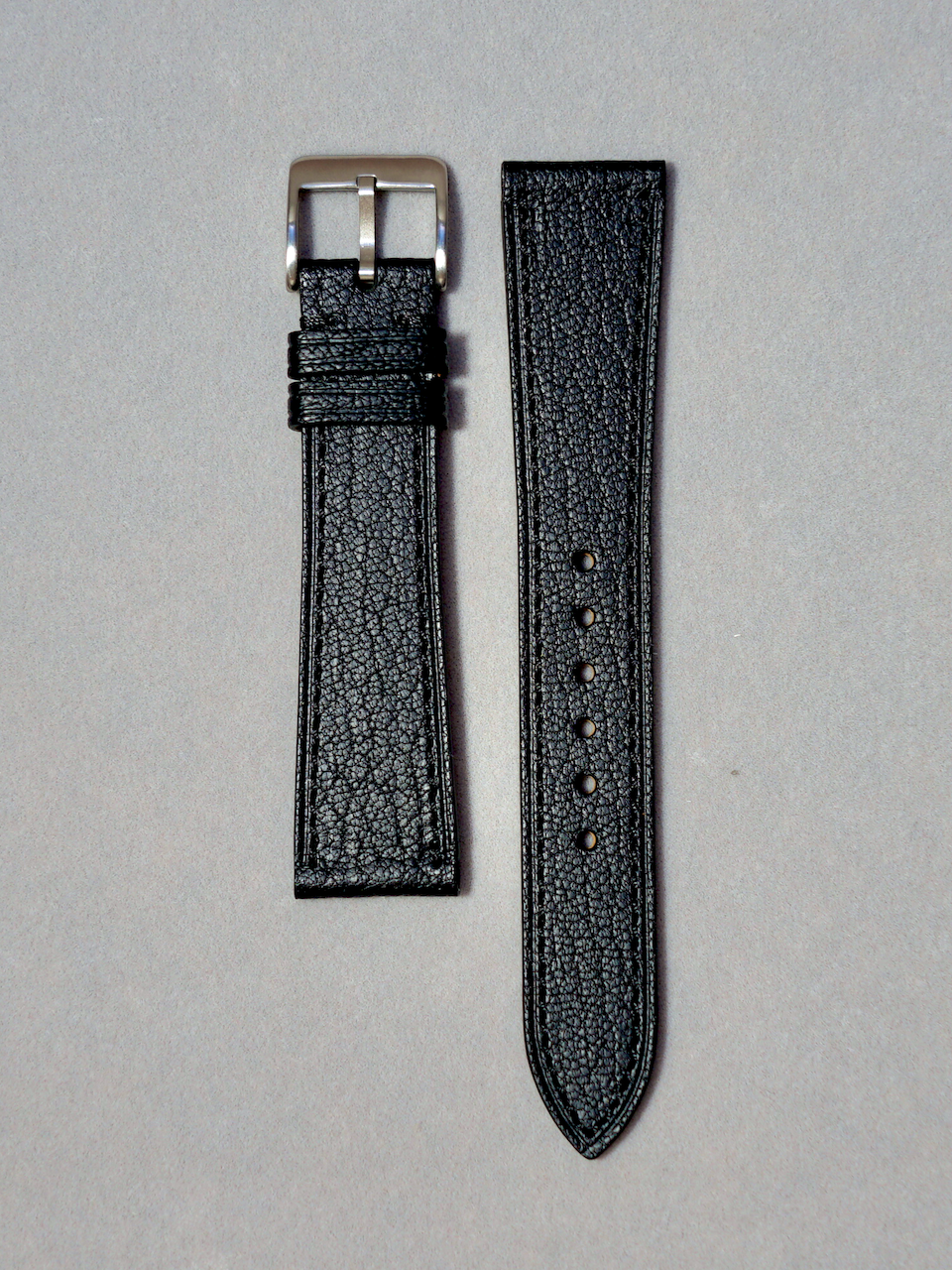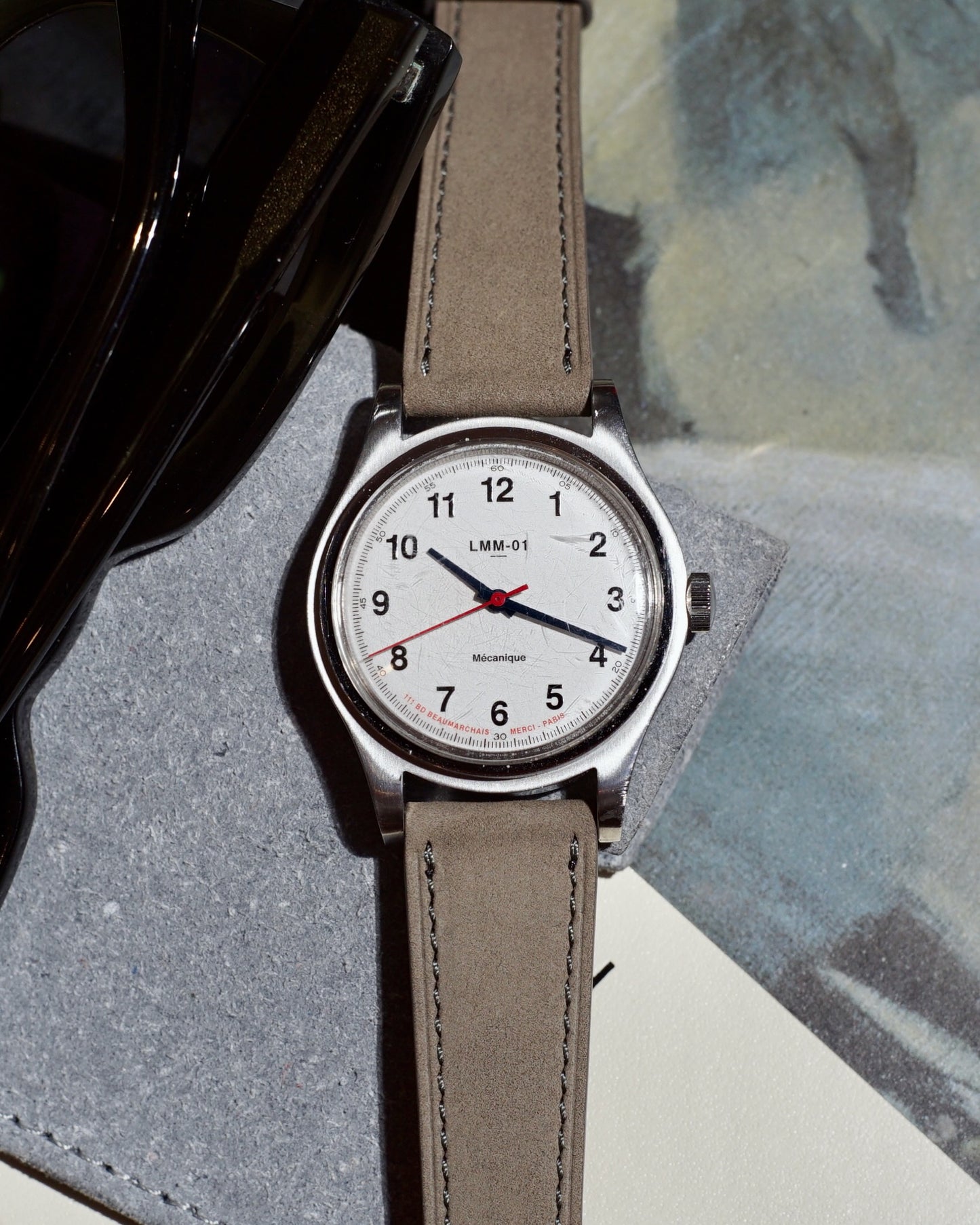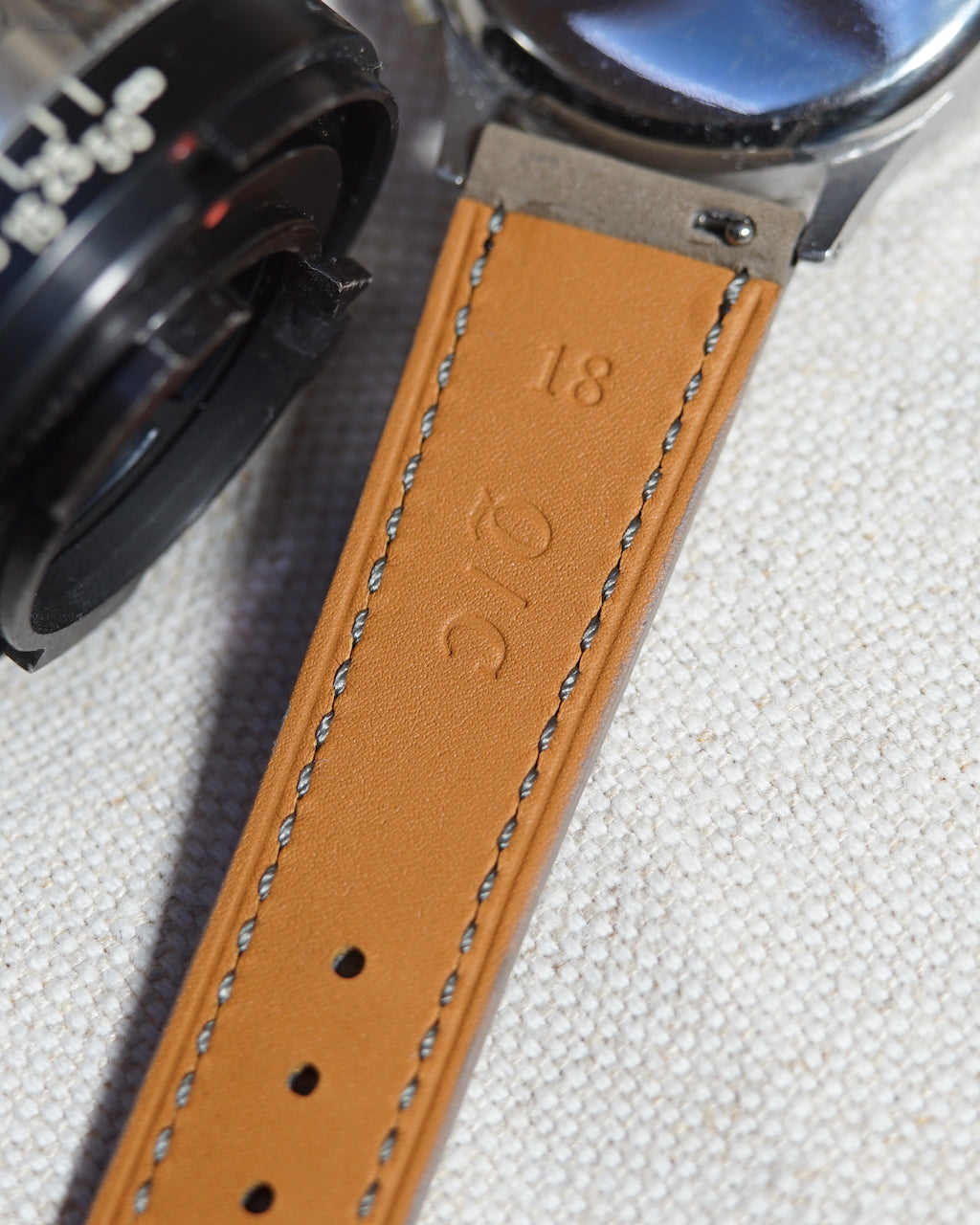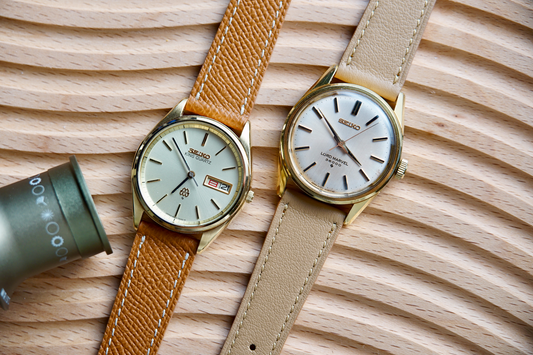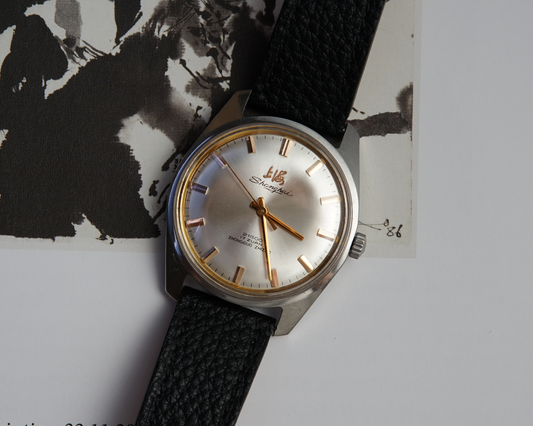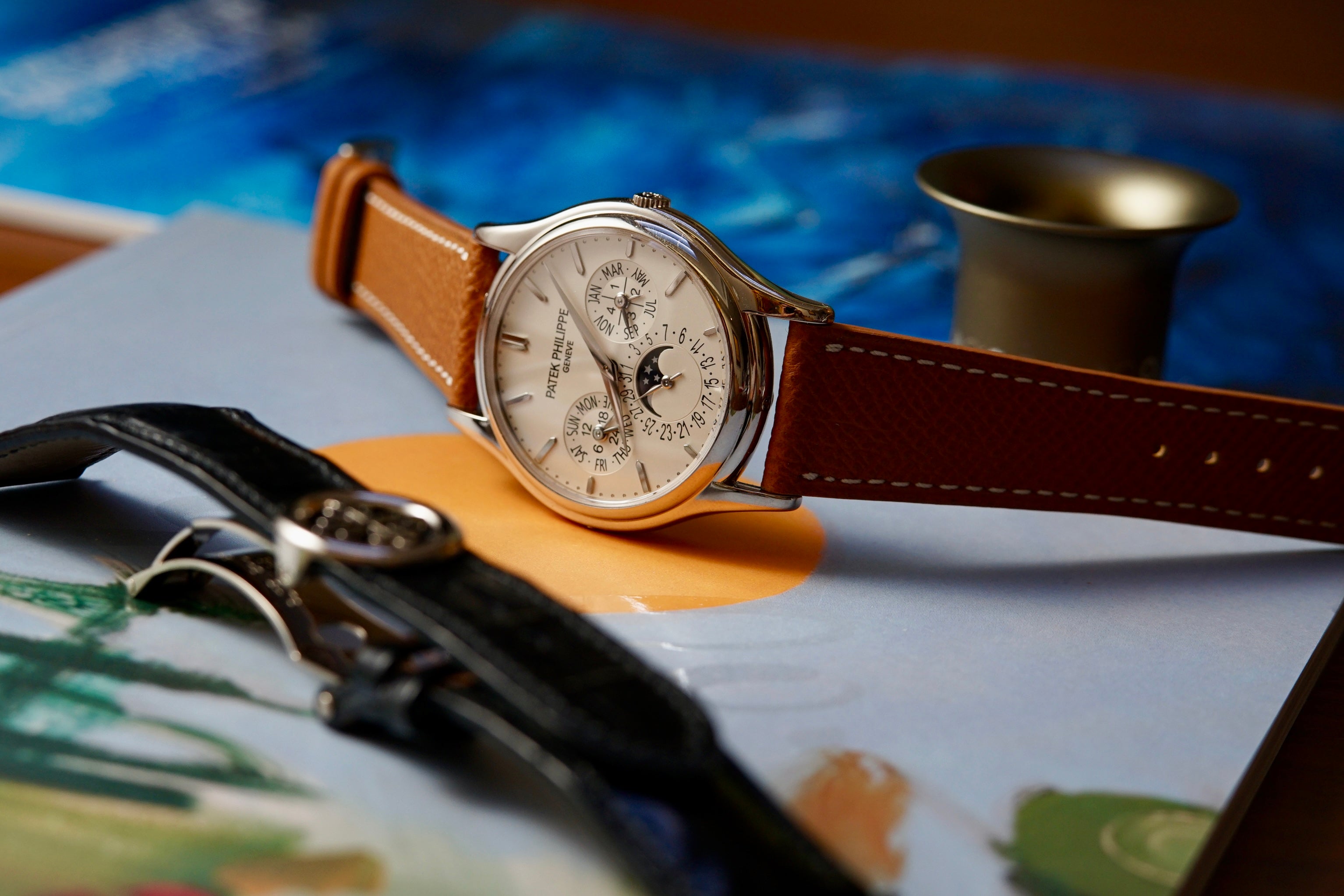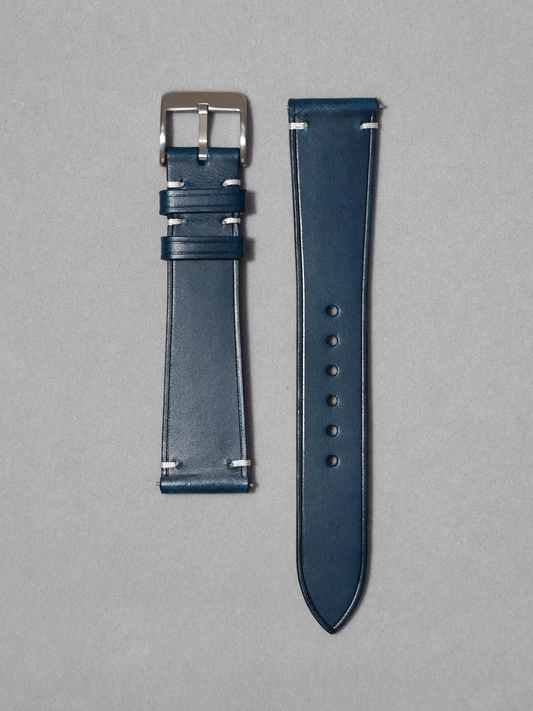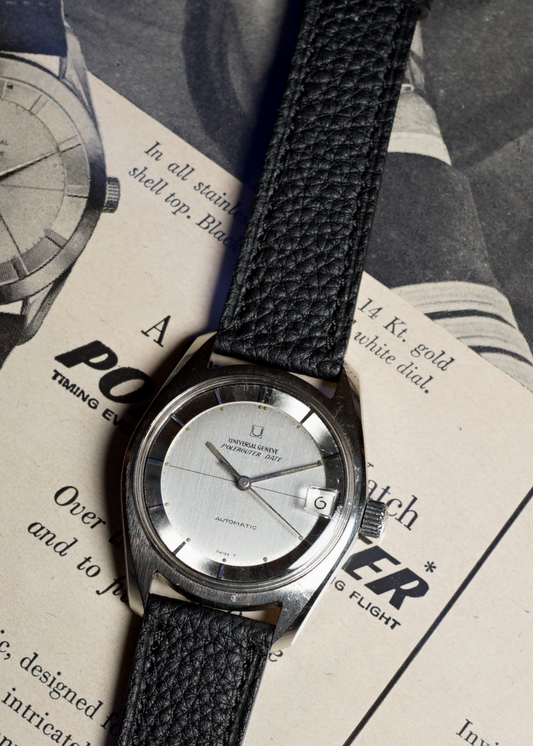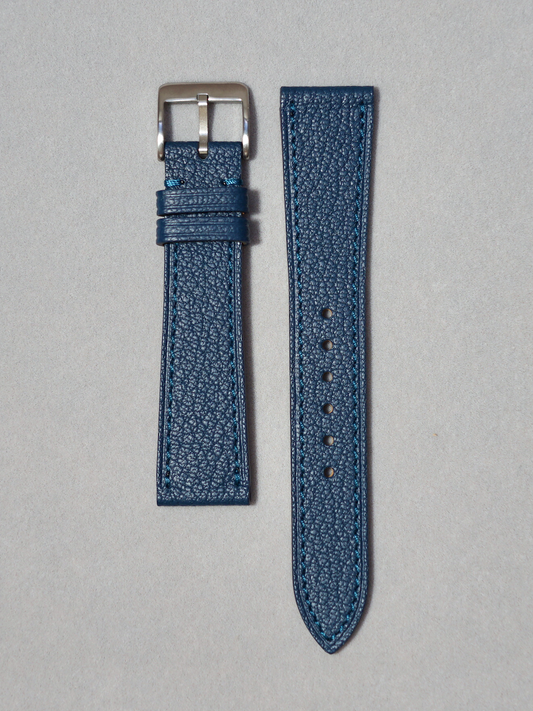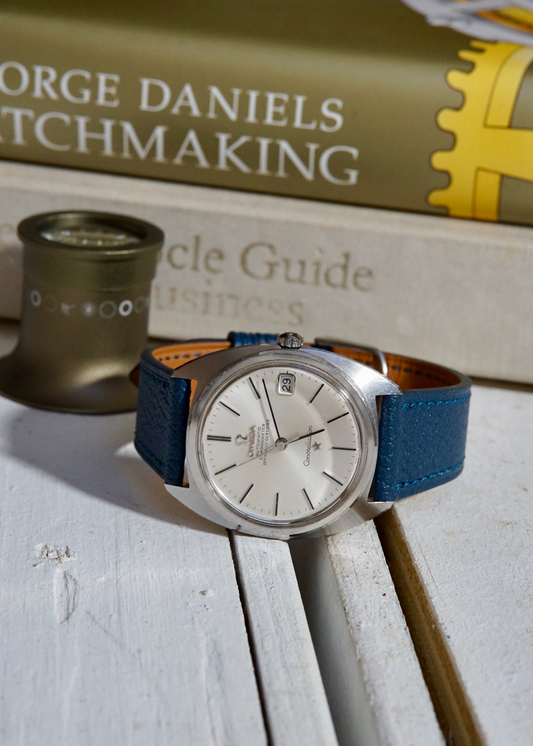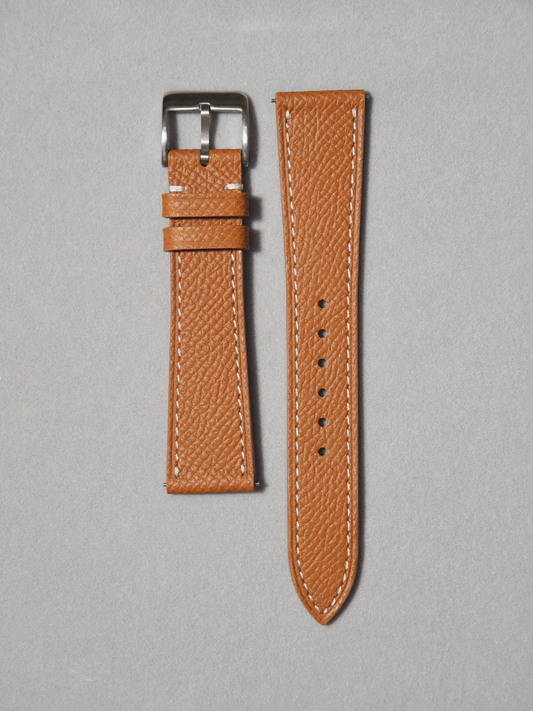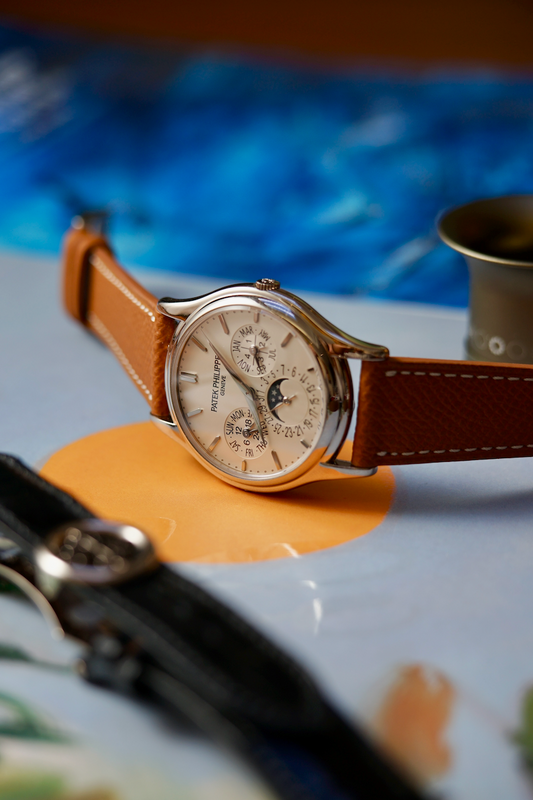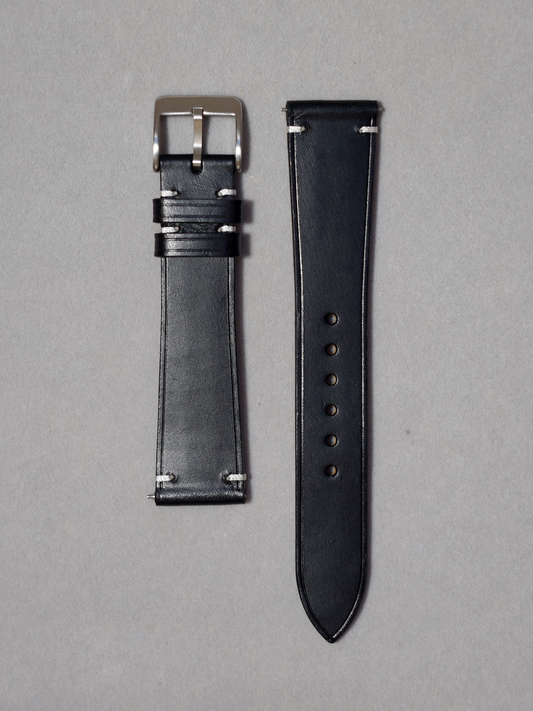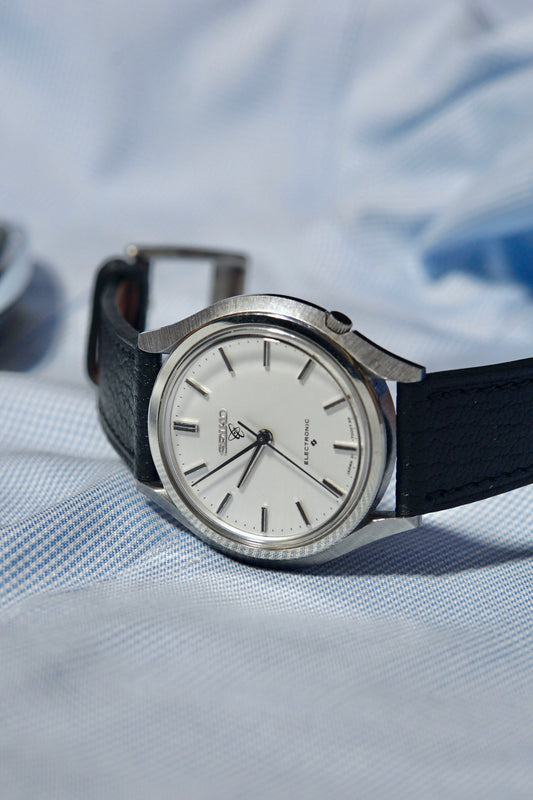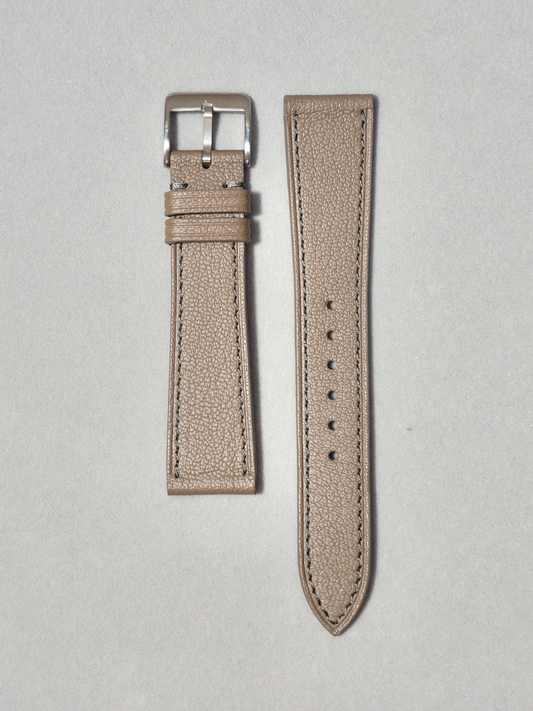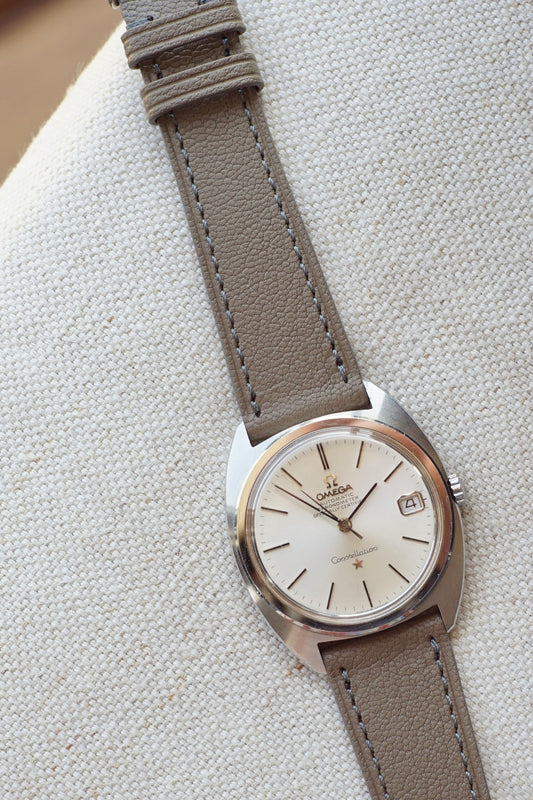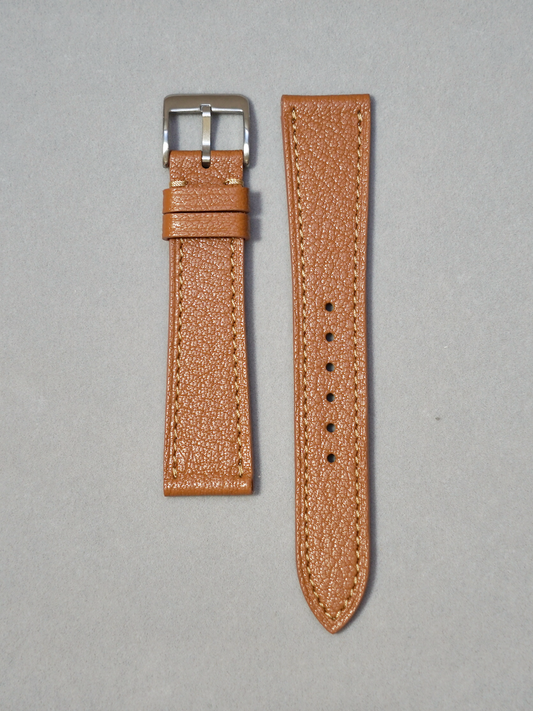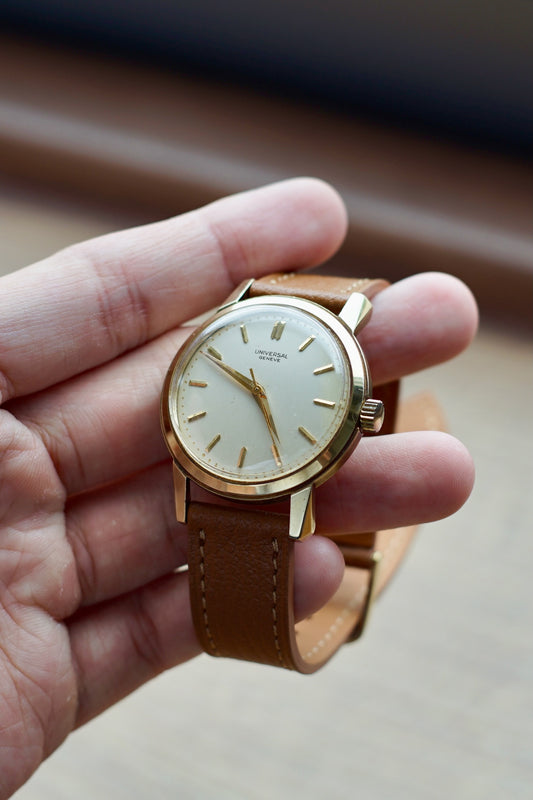
A Concise Guide to the Valjoux 72C and Vintage Wittnauer Triple Calendar Chronograph
The Valjoux 72C - produced from 1938 to 1974, this manual-wind chronograph was a marvel of engineering, combining Chronograph with a triple calendar (day, date, month)—all in a wristwatch-sized package. One of the brands that used this movement was Wittnauer, an American brand known for producing high-quality, affordable chronographs that rivalled more expensive European counterparts, such as Longines.

This guide explores the Valjoux 72C’s technical specs, historical significance, and quirks, with a focus on its use in vintage Wittnauer chronographs—a collector's piece for their distinctive mid-century charm.
The Valjoux 72C: A Movement Ahead of Its Time

Technical Spec:
- 9 Column-Wheel Chronograph: The 72C used a high-end column-wheel mechanism (shared with the Omega 321)
- Triple Calendar: Unlike the base Valjoux 72, the 72C added day, date, and month displays—advanced for its era.
- Subdial Layout:
- 30-minute counter at 3 o’clock.
- 12-hour totalizer at 6 o’clock
- Running seconds at 9 o’clock
- Beating at 18,000 vph with a 40-45h power reserve
Evolution & Variations
The 72C underwent subtle but important changes over its 36-year production run:
Early Models (1940s):
- Single-jointed lever: The 10 o’clock pusher only advanced the month; the day had to be set by moving the hour hand.
- Breguet overcoil hairspring: Often fitted with a curved hairspring for better isochronism.
Later Models (1950s-60s):

- Double-jointed lever: Allowed the day to be set via a half-press of the 10 o’clock pusher.
- Flat hairspring variants: Some later movements switched to a simpler regulator.
Quirks & Features

- Calendar Adjustment: Early owners had to cycle the hands to set the day—a minor inconvenience.
- Hairspring Confusion: Watchmakers sometimes incorrectly replaced Breguet balance-spring with flat-hairspring types, disrupting accuracy.
- Wear and Tear: The hour recorder wheels (dial-side) were friction-heavy and prone to wear—a common issue in vintage chronographs.
Why These Early Wittnauers Are Collectible Today

The Wittnauer Valjoux 72C was one of the first triple-calendar chronographs ever produced, predating more famous implementations like the Rolex 6234 and Heuer Carrera. Its rarity is underscored by production numbers—only about 1,300 examples of the Cal. 72C were made, far fewer than the similar but more complex moon-phase-equipped Cal. 88. Despite its historical importance, the Wittnauer version remains surprisingly accessible to collectors. While a 1950s Rolex with the same movement can command prices exceeding 50,000 a comparable Wittnauer typically trades between 3,000 and $8,000, representing exceptional value for a watch of this pedigree. Adding to its collectibility, very few examples have survived in good condition over the decades, particularly those retaining their original dials and hands, making intact specimens especially prized by discerning enthusiasts.
Styling My Wittnauer Triple Date Chronograph
I wanted the Wittnauer to maintain its rugged, tool-watch essence while still looking refined. After experimenting with different straps, I found that a soft grey nubuck leather band with tonal stitching worked best—it complements the watch’s utilitarian roots without skewing too dressy.

 At first, I tried a black strap, but it made the watch feel overly formal, losing some of its vintage charm. A blue strap seemed like a natural choice to echo the blue date wheel, but the contrast ended up overpowering the watch’s muted dial. The grey nubuck, however, strikes the perfect balance—understated yet textured, letting the Wittnauer’s classic design speak for itself.
At first, I tried a black strap, but it made the watch feel overly formal, losing some of its vintage charm. A blue strap seemed like a natural choice to echo the blue date wheel, but the contrast ended up overpowering the watch’s muted dial. The grey nubuck, however, strikes the perfect balance—understated yet textured, letting the Wittnauer’s classic design speak for itself.
Source:
